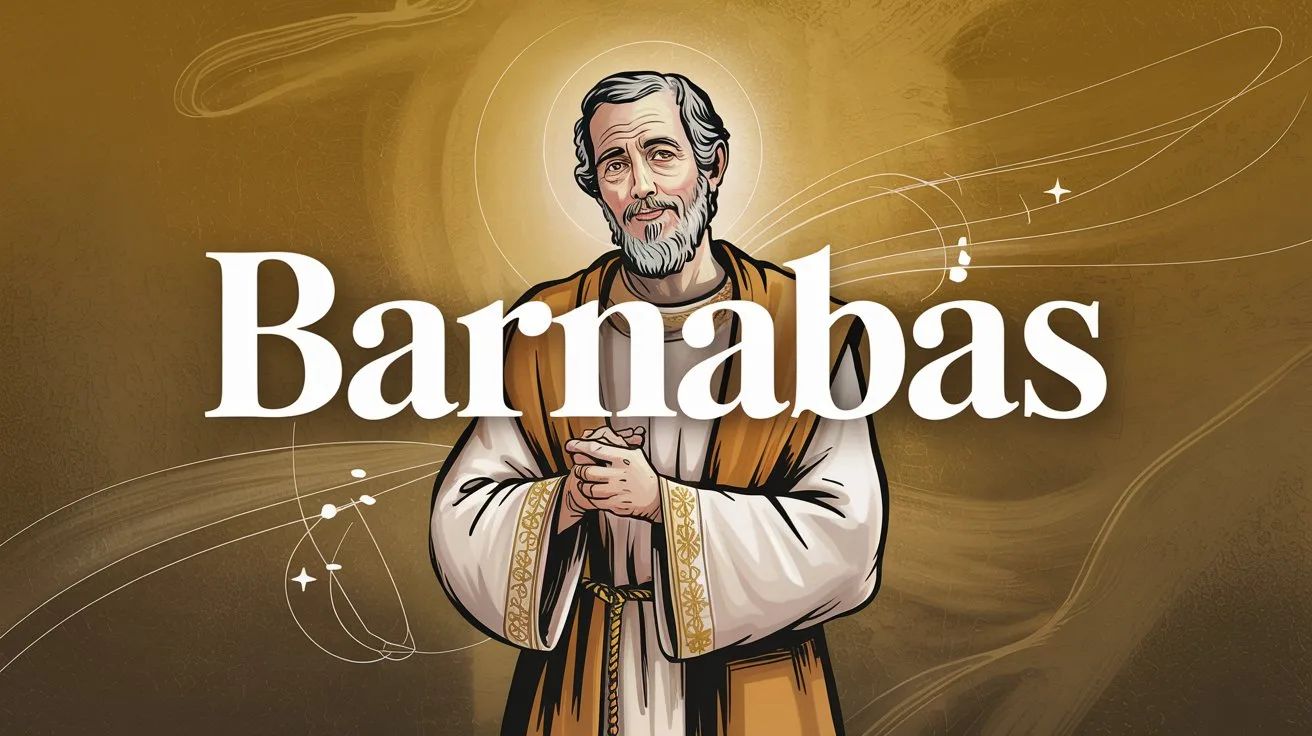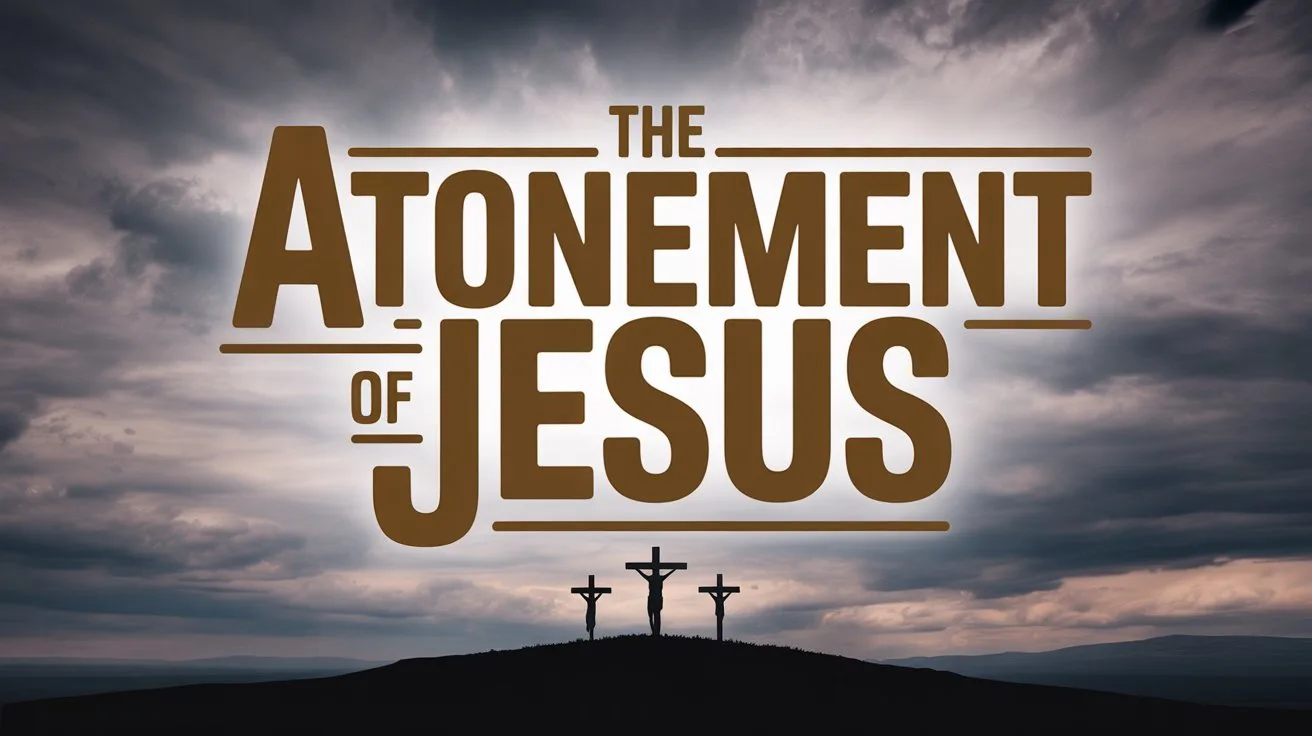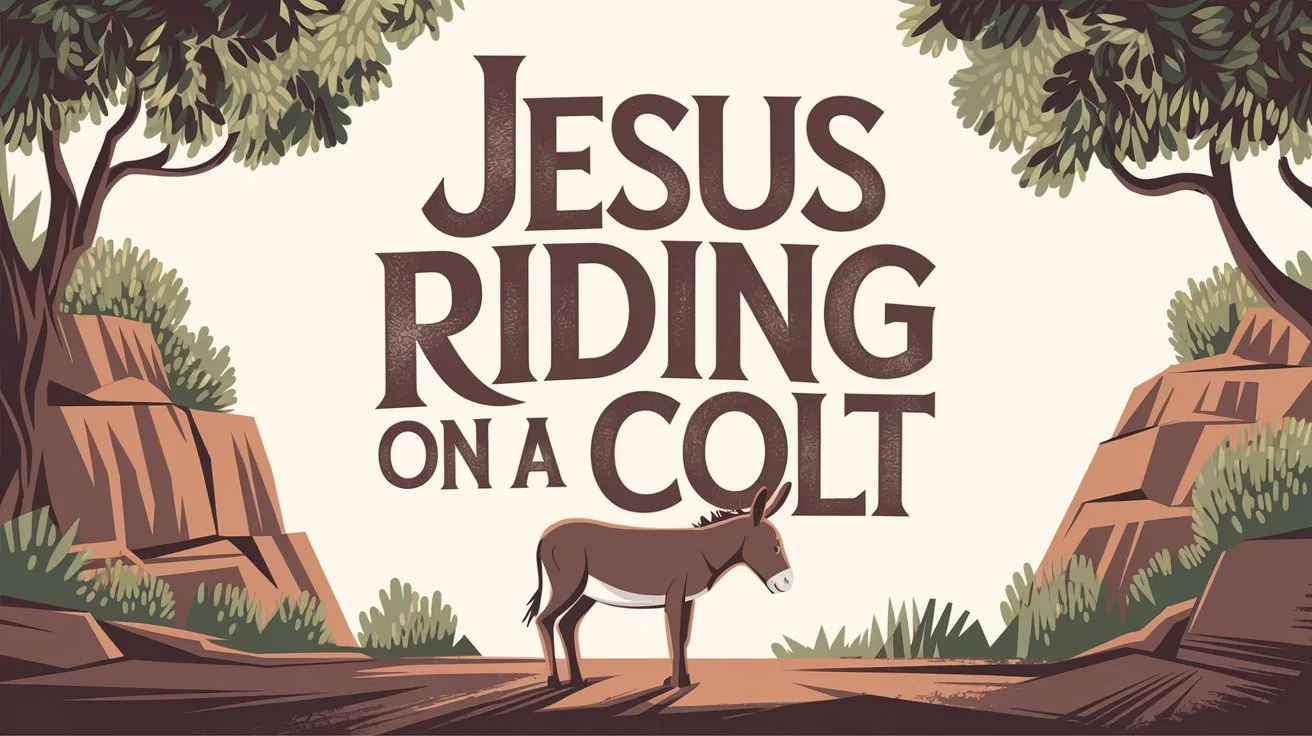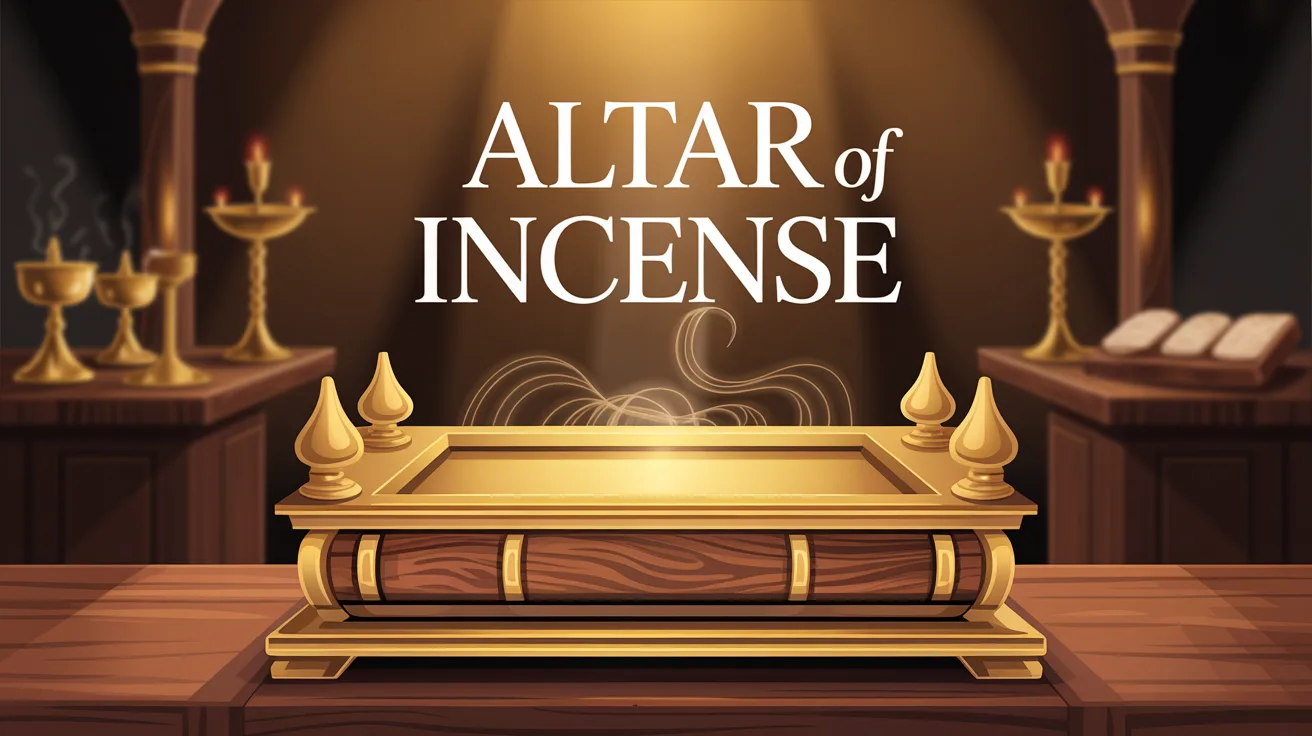There are four Gospels (Matthew, Mark, Luke, and John) because each presents a unique perspective on the life, ministry, death, and resurrection of Jesus Christ. Together, they provide a complete, multi-dimensional testimony to who Jesus is, fulfilling different prophetic roles and speaking to varied audiences while remaining in full harmony.
Each Gospel has a specific emphasis:
Matthew presents Jesus as the promised Messiah and King, writing to a Jewish audience. He highlights fulfillment of Old Testament prophecy:
“All this was done that it might be fulfilled which was spoken by the Lord through the prophet…”
(Matthew 1:22)Mark presents Jesus as the obedient Servant of God, focusing on His actions and power. It was written with a Roman audience in mind, emphasizing brevity and urgency:
“For even the Son of Man did not come to be served, but to serve…”
(Mark 10:45)Luke presents Jesus as the perfect Man and compassionate Savior. Writing to a Greek audience, Luke emphasizes Jesus’ humanity and concern for the marginalized:
“For the Son of Man has come to seek and to save that which was lost.”
(Luke 19:10)John presents Jesus as the eternal Son of God. It emphasizes His divine nature, preexistence, and intimate relationship with the Father:
“In the beginning was the Word, and the Word was with God, and the Word was God.”
(John 1:1)
The four Gospels are not contradictions but complementary witnesses. Each writer, inspired by the Holy Spirit, selected events and teachings to convey their Spirit-led purpose:
“But these are written that you may believe that Jesus is the Christ, the Son of God, and that believing you may have life in His name.”
(John 20:31)
Together, the Gospels reveal the full glory of Jesus Christ and confirm His identity from multiple validated angles.







